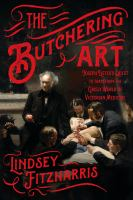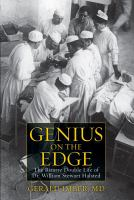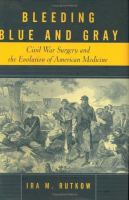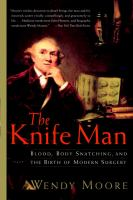 What could be better than cozying up to a stack of grisly medical histories and wincing at the misdeeds of the dirty-fingered, germ-denying butchers that made life in the old days so dangerous? Much to my delight, I found a new book to add to my beloved genre, “the frightful facts about medical history.” In The Butchering Art: Joseph Lister’s quest to transform the grisly world of Victorian medicine, Lindsey Fitzharris takes a look at Joseph Lister and his pioneering work in germ theory and antiseptic surgical practices. Inspired by Louis Pasteur’s discovery of bacteria, Lister developed innovative theories on the importance of sterilizing both the surgeon’s hands and surgical instruments during operations, which met with much resistance in the medical community. “Lister’s methods transformed surgery from a butchering art to a modern science, one where newly tried and tested methodologies trumped hackneyed practices,” Fitzharris writes. Joseph Lister also won the respect of the British royal family when he treated Queen Victoria for a pustulent (!) abscess in 1871, and King Edward VII’s appendix in 1902.
What could be better than cozying up to a stack of grisly medical histories and wincing at the misdeeds of the dirty-fingered, germ-denying butchers that made life in the old days so dangerous? Much to my delight, I found a new book to add to my beloved genre, “the frightful facts about medical history.” In The Butchering Art: Joseph Lister’s quest to transform the grisly world of Victorian medicine, Lindsey Fitzharris takes a look at Joseph Lister and his pioneering work in germ theory and antiseptic surgical practices. Inspired by Louis Pasteur’s discovery of bacteria, Lister developed innovative theories on the importance of sterilizing both the surgeon’s hands and surgical instruments during operations, which met with much resistance in the medical community. “Lister’s methods transformed surgery from a butchering art to a modern science, one where newly tried and tested methodologies trumped hackneyed practices,” Fitzharris writes. Joseph Lister also won the respect of the British royal family when he treated Queen Victoria for a pustulent (!) abscess in 1871, and King Edward VII’s appendix in 1902.
For more on medicine’s evolution, try these great reads:






